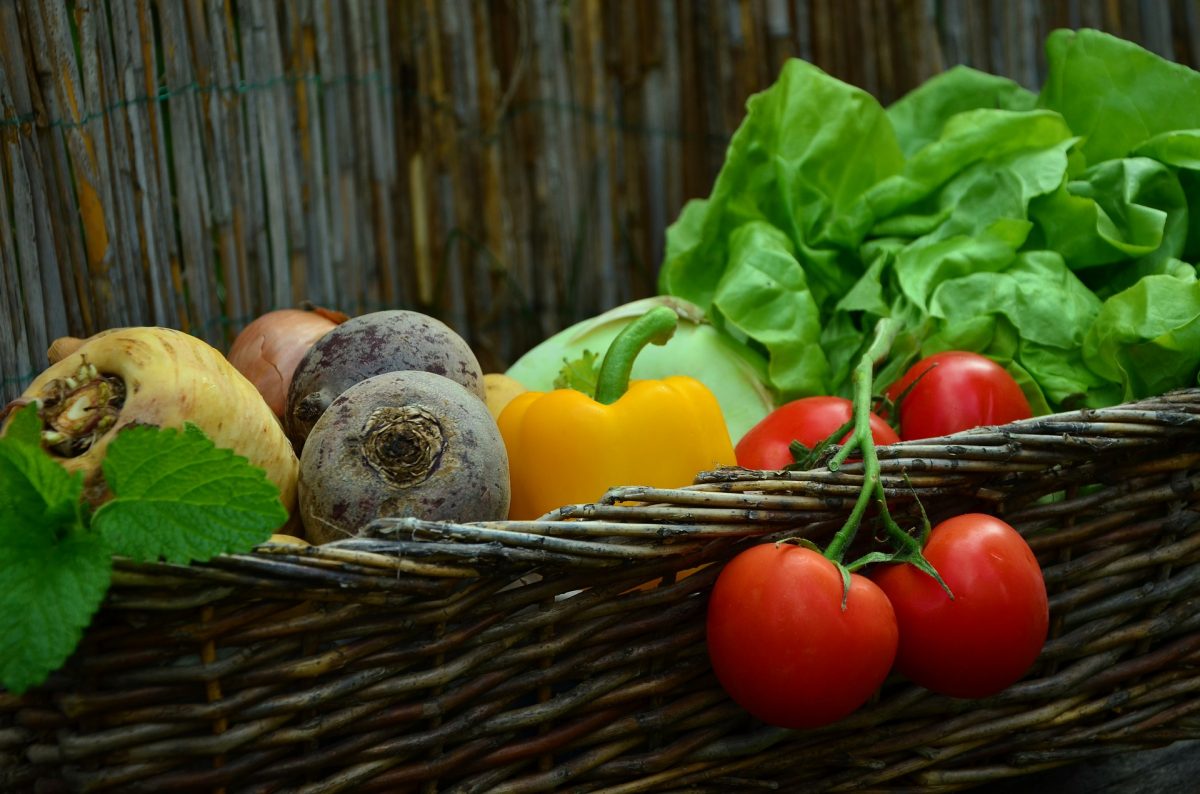This week Donegal Daily’s Conor Gallinagh explains where you should begin when growing and harvesting a vegetable garden.
This is something I get asked a lot and it can be very overwhelming for someone new to gardening. So many of us would love to grow and harvest our own fresh produce straight from our garden.
There’s a considerable amount to carefully research and understand. In this column, I’m going to break it into bite size pieces for you to get the ball rolling and get growing.
I’ll answer some of your questions below.
What to Grow?
The first item is to consider what vegetables you already use in abundance in your meal preps. There’s no point growing vegetables that you won’t be using at the end of the season unless you have a few hungry neighbours or family members. After all, this is your reward for all the hours of care you have set aside.
Also, don’t choose anything too difficult because this may reduce the success rate and a higher chance of failure. This will disheartening you and may discourage you from trying.
Start off with just a few seeds or plants and build year on thereafter.
Record Keeping
This is vitally important for all gardeners not just for the beginners. Keep even the minutest details. Details such as sowing date, compost used, seed source and quantity, yields and location.
Also record details like price, feeding regime, pest and diseases and taste. Taste is important as if you don’t like something don’t grow it the following year.
Or even looking at the cooking quality etc.
Growing Environment
Each vegetable will require varying degrees of nutrients. These are classed as micronutrient and macronutrient. I will cover this subject in the following column.
Also, look at the amount of sunlight, the drainage of the soil and space for growing your crops.
Space:
Space is important for two reasons, the amount of space below for the likes of tuber crops like potatoes and above ground for the likes of pumpkins. These will all take up vast areas. Even a balcony garden has the potential to grow your own. The use of window boxes can be ideal for growing your very own salad bar. Packed with delicious and fresh salad leaves. A large pot can be used to grow a handful of potatoes. To raised beds for various vegetables
My Recommendations
For year one keep it simple until you catch the gardening bug. Trust me once you have it, it will become quite addictive.
You will continue to want to improve year on, higher yields, large vegetables, more unique and unusual ones.
It becomes quite fun and very rewarding both with the food harvest and the therapeutic element of it too.
The Easy One
Salad Leaves
These are simple to grow just watch out for the slugs and snails. The great thing is there’s a quick turnaround from sowing to harvest so the possibility of getting two or three crops in the one year is achievable. These include kales and lettuces.
The Versatile One
Potatoes
Used in an array of our Irish meals and if growing you’ll definitely find a use for them in something. A large pot can be used to successfully produce fresh potatoes.
The Fun One
Peas
Peas are great fun to grow, although they will need support so they can clamber their way up through them. Fresh peas popped straight from the pod are just so tasty.
The Challenging One
Tomatoes
Tomatoes are used almost everywhere too from salads to sauces. They do prove to be a little more challenging and will require a protected structure like a glasshouse or sunroom. The can be a little more to disorders, diseases and pests as well.
I’ll be exhibiting at this year’s Design Home Exhibition in Burnfoot over the weekend of the 9th and 10th of March. If you are in the area and looking for professional qualified gardening advice then pop over to our stand. Or even just to say hello.
Also, I will be delivering a six-week gardening course at the Twin Towns Community Garden starting on the 27th of March.
More information can be found over on my Facebook page.
Happy Gardening
Conor Gallinagh, BAgrSc in Horticulture
conorgallinagh.com
cghorticultureconsultant@gmail.com
Tags:







